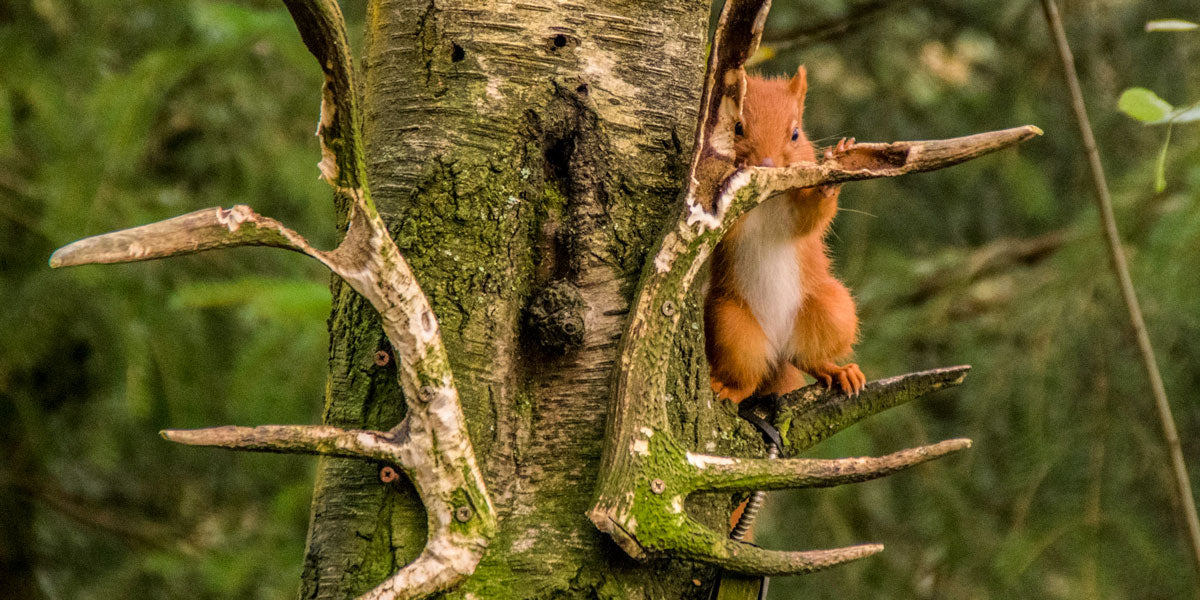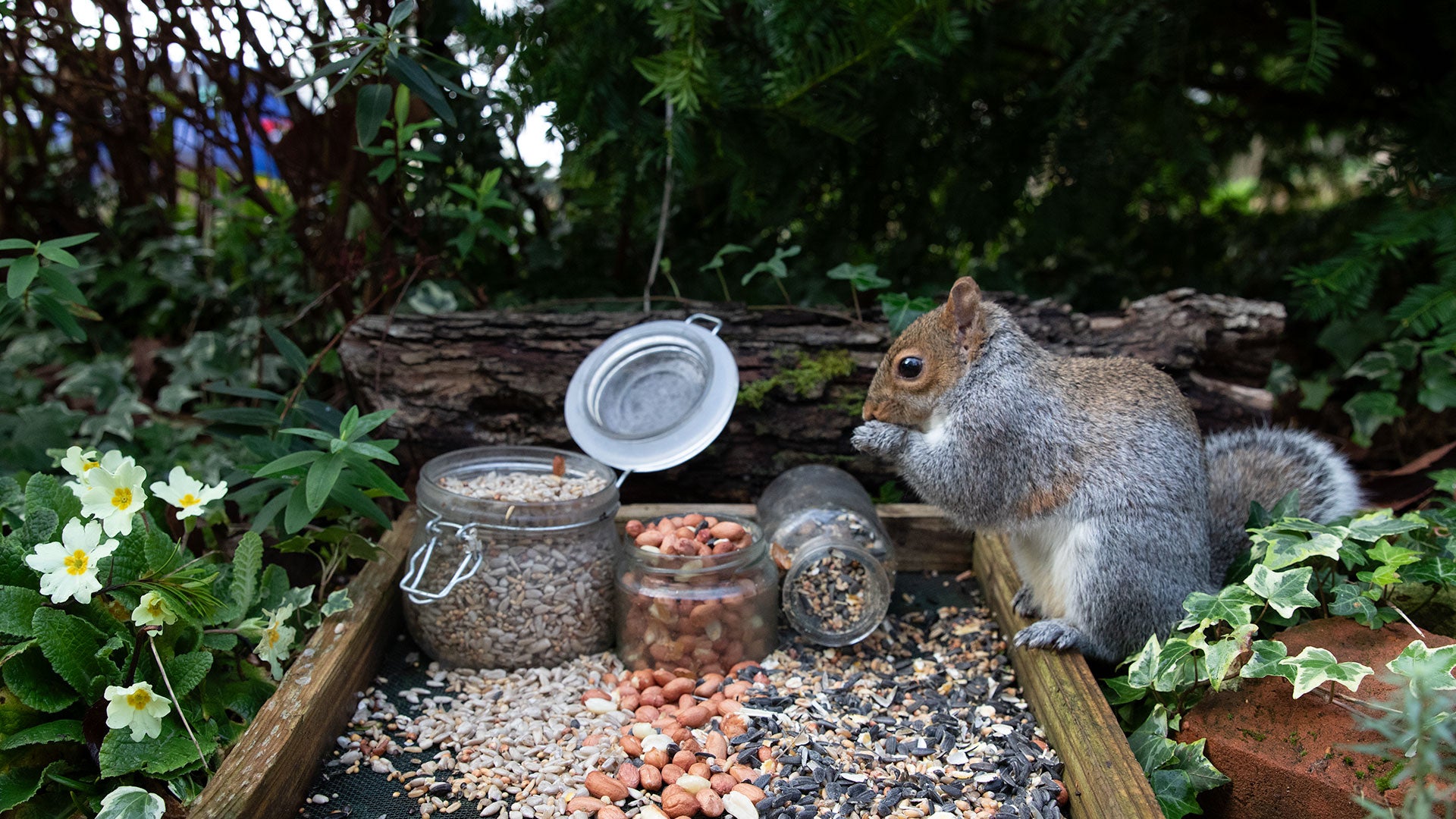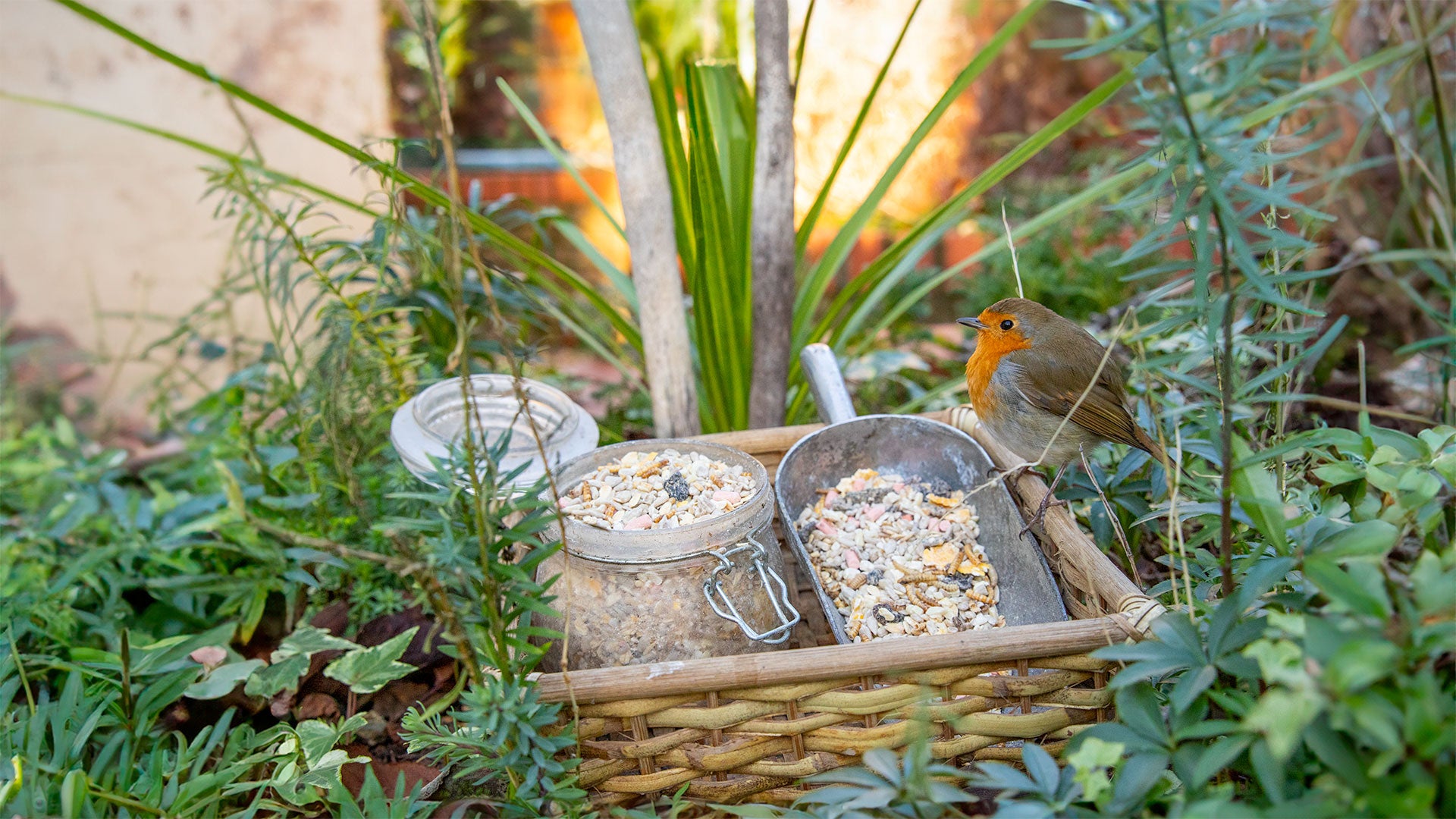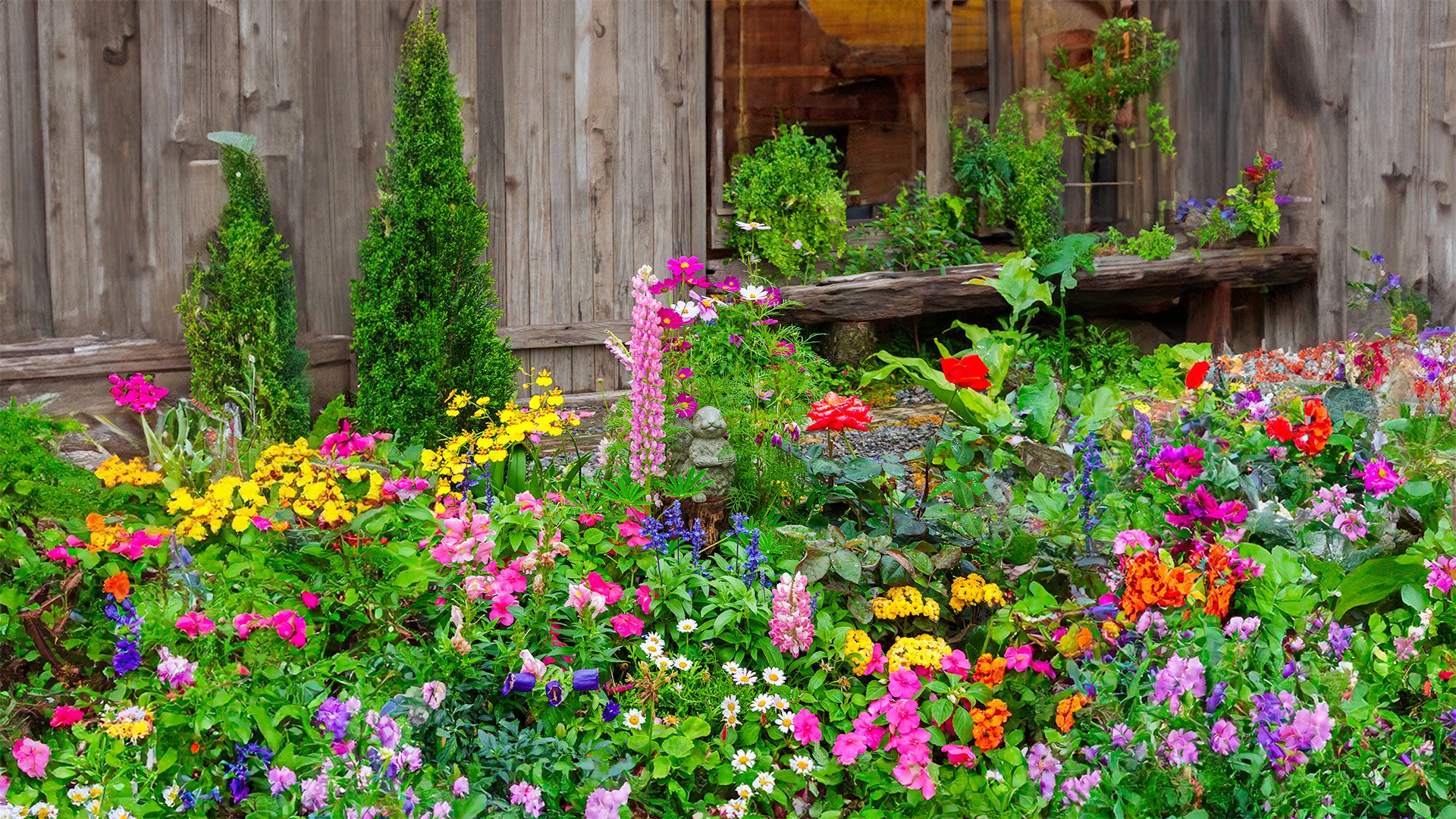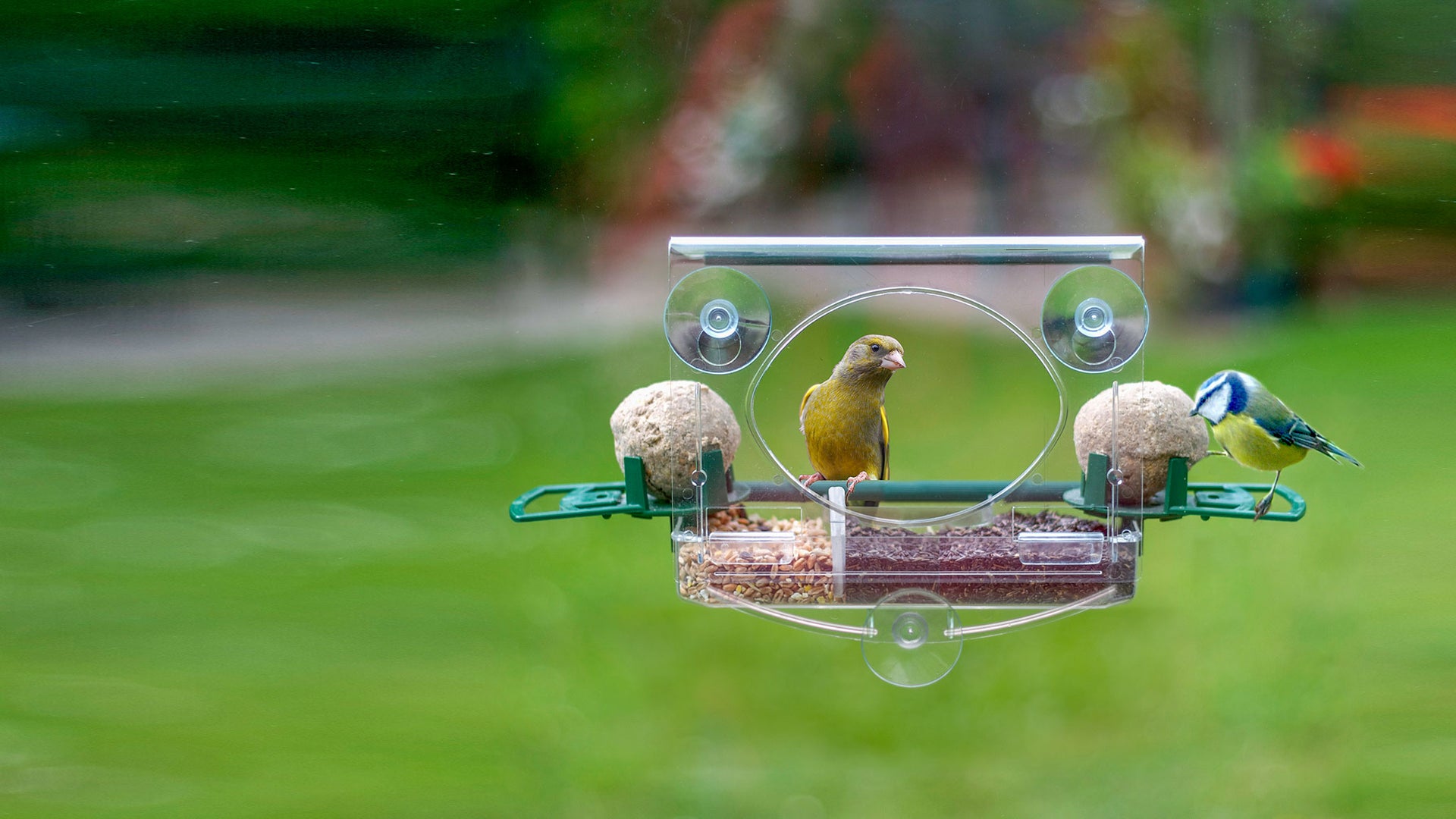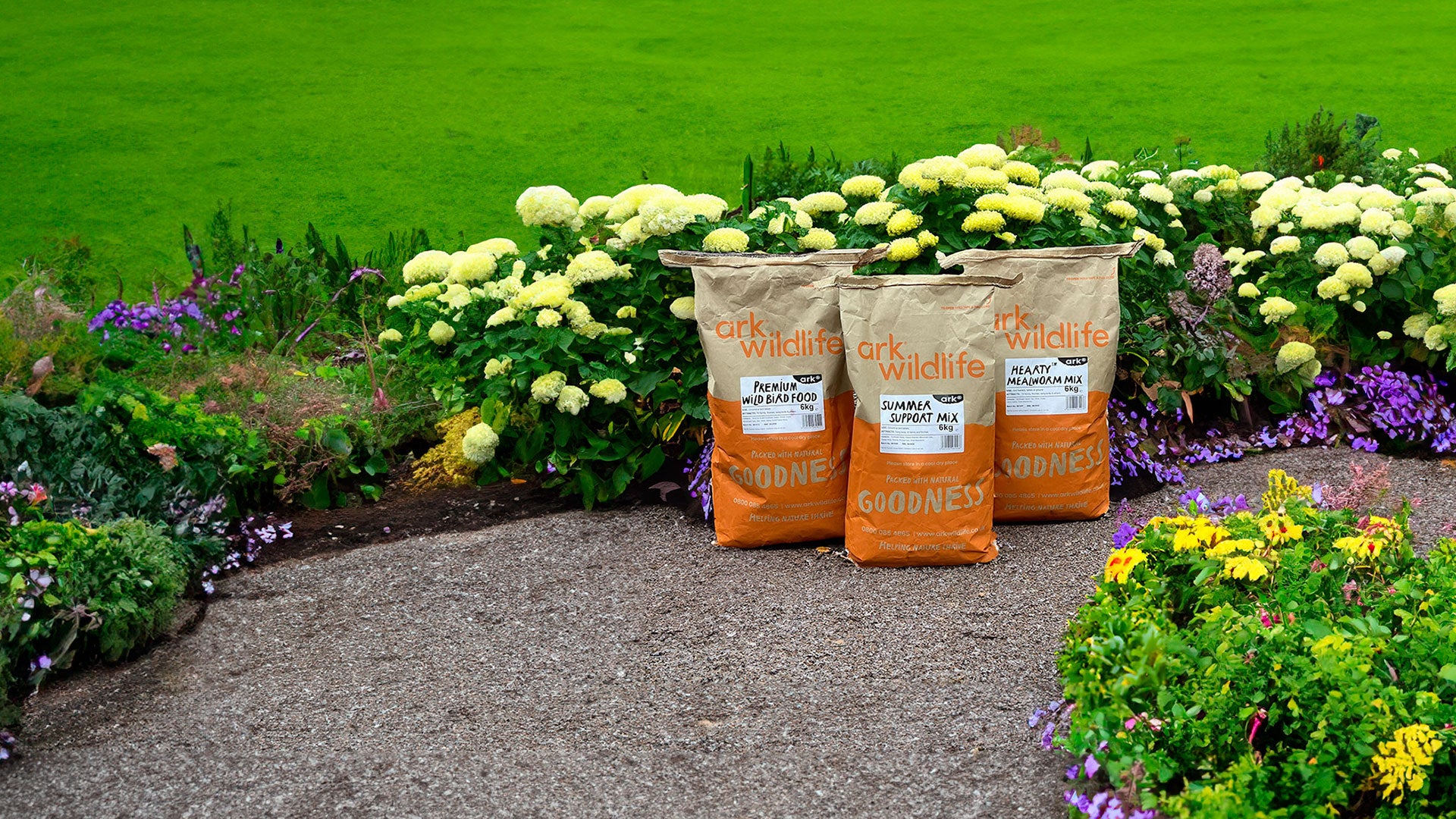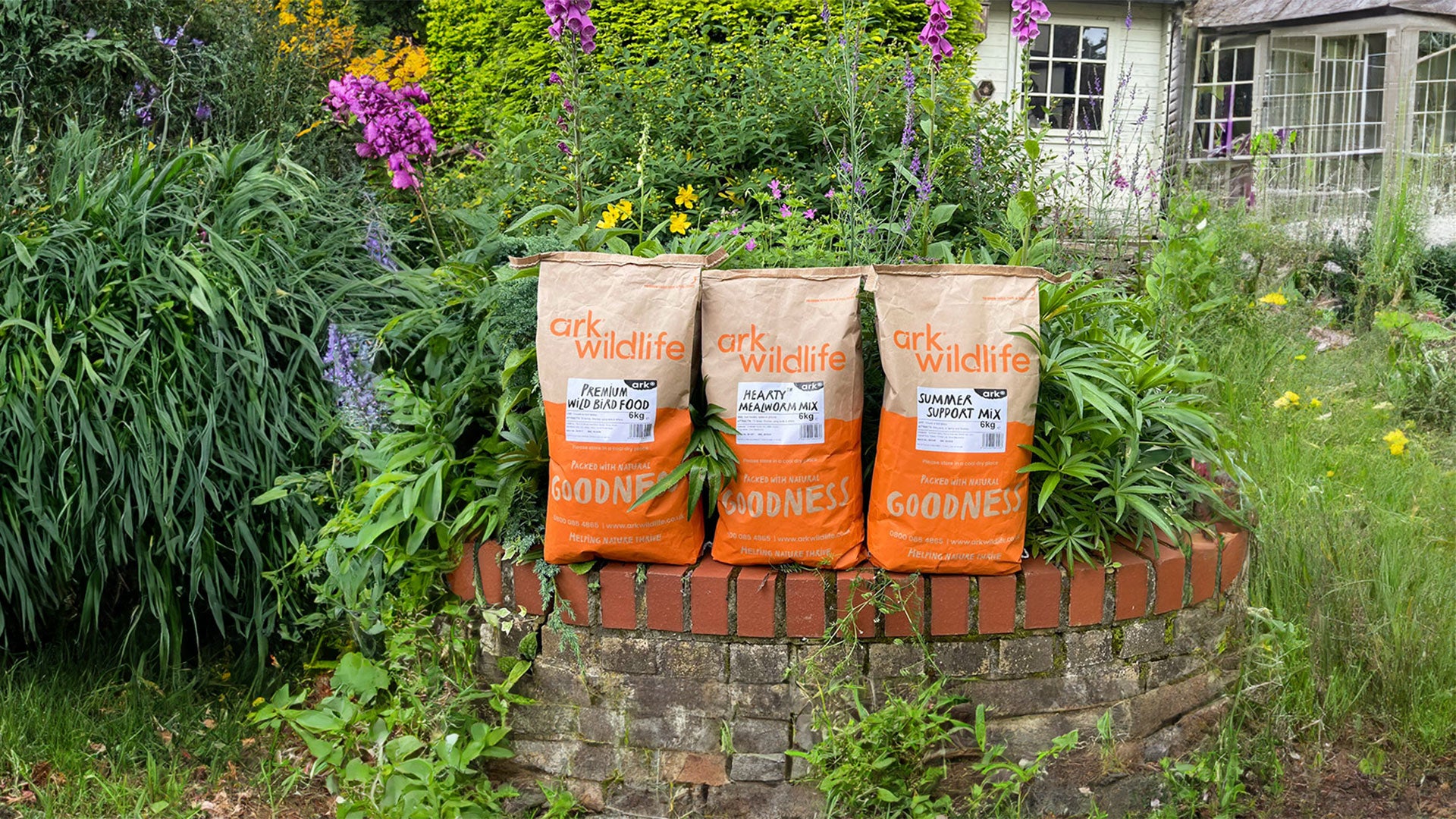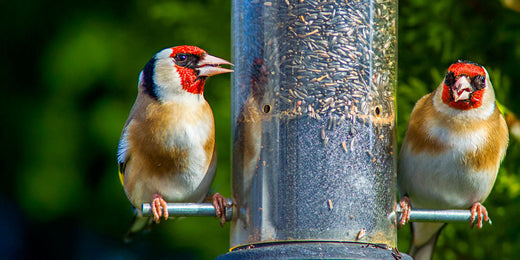Animals and plants need for calcium
We, as animals are concentrated reservoirs of nutrients, including minerals and many elements, calcium not least of them. While carbon (rightly) claims all the headlines these days, calcium should not be forgotten.
Plants famously draw carbon from the atmosphere with the potential to lock it in long-term, enriching the soil long after the plant dies. But what about all the other nutrients plants need, calcium included. How do they source these? Animals benefit from mobility and can forage to seek the minerals required. On the other hand, plants are stuck with the nutrition available under their roots, wherever they germinate.

Plants are often thought of as being made from water, carbon, nitrogen, and a few other minerals, but calcium is a critical requirement for every aspect of a plant’s growth and health. Cell walls, stems, leaves and even flowers cannot grow without it. Calcium is just as important to a plant as it is to us, not least for our bones. It’s weird then that we cut and remove all these nutrients from our gardens with every mow of the lawn, deadheading of flowers, leaf clearance, and autumn tidy-up. We are literally stripping the land and soil of all that’s good and valuable.
At a time when rescue centres report an increase in the incidence of metabolic bone disease in both hedgehogs and squirrels (and no doubt other animals too), I wonder how much our human obsession with tidying up the environment is contributing.
Watching the lush growth of foliage after an animal death is a revelation, and demonstrates the value of life, even after death. It’s a strange human compulsion, that we feel the need to strip away all dying matter, plants and animals. Worse still, we then replace them with oil derived artificial fertilisers that can’t get close to healthy soil enrichment. As a natural, and wildlife friendly gardener I go out of my way to incorporate more materials into my garden, not less! Composting not least of all.

It’s true I don’t go around collecting dead animals to place in my borders. I do however, collect the old bones I find, along with my dogs’ hair, and even feathers to put in my garden. Composted or dug in directly, it all goes in the ground. When I compare a handful of my garden soil to that from the local farmers fields, the difference is stark.
Worse still urban land and farmland is becoming so deprived of nutrients that forecasters say the land will be unfit for crops in a decade or so, let alone unfit for animal habitation. I can’t imagine this occurring in my garden where I can literally see the level of carbon in the soil, and it’s crawling with microbial life. Among the larger animals, I frequently find gnawed bits of bone lying around where I’ve introduced it. Squirrels, hedgehogs, foxes, and I imagine many others, take the opportunity of topping up on all the minerals and calcium they need that’s contained in bones, tough as they are.
I was therefore delighted to find a team up in Scotland who forage for naturally discarded deer antlers and collect them. Raw and untreated we can benefit by placing these in our own gardens to benefit all our local mammals to chew and get a substantial calcium hit, and additionally all the other minerals they contain. Ark Wildlife have been supporting red squirrel breeding programmes and rewildling for a number of years and it’s great to be able to provide deer antler to further enhance the health and vitality of these magnificent creatures prior to release.
Scattering on the ground, or even nailing a few deer antlers to trees provide a real enhancement to our wildlife friendly gardens, and I for one have to buy a few for my dogs too, as they thoroughly enjoy them as well!
